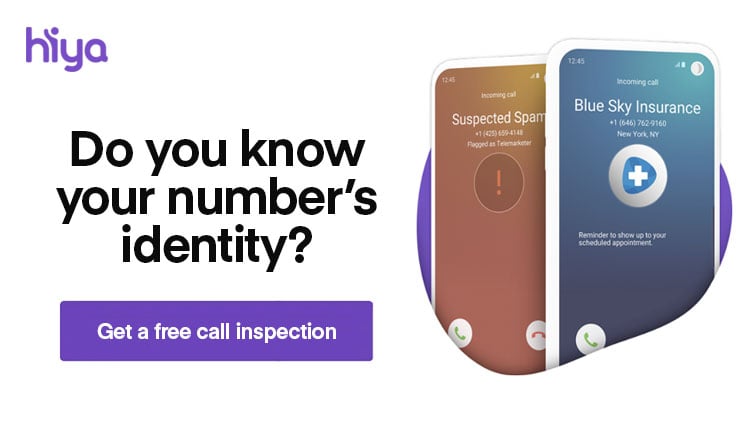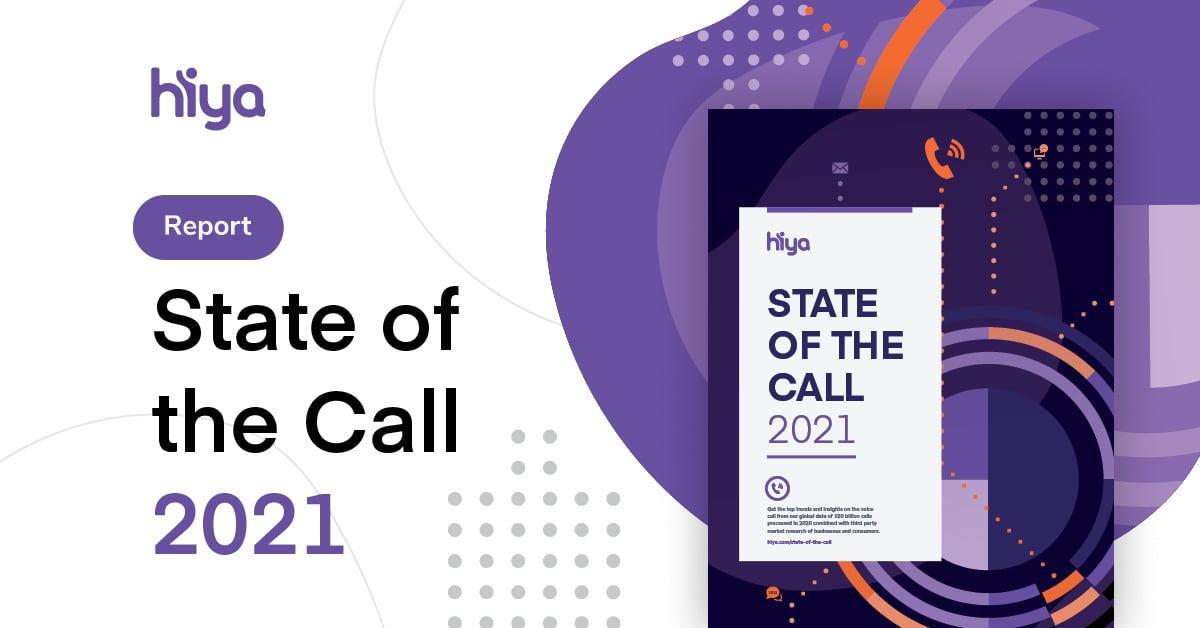This morning, Hiya released our annual State of the Call report. We surveyed 1,800 professionals and 12,239 consumers across 6 different countries to understand how the voice channel is being used (and abused) today. The results were definitive, not only is voice growing in terms of popularity, it is also the primary way that people connect with brands, providers, co-workers, and friends.
Here’s a quick look at the top five stand out trends from this year’s findings:
- Voice is the #1 preferred channel for consumers
In the last few years, we have been forced—willingly or otherwise—to adapt to a more virtual world. And this shift has been accompanied by a surge of new tools, platforms, and services that are intended to help people stay connected. Despite this growth, the voice channel has remained shockingly dominant. It ranks #1 in popularity, globally—surpassing email, video chat, and texting. Whether it comes to increasing your bottom line, connecting with patients, making a sale, or keeping it personal, voice comes out on top yet again.
- The voice channel is growing, rapidly
The vast majority of study participants (90%!) anticipate using the phone the same amount, if not more, over the next year. It’s the channel they turn to most often when they want to communicate with the brands they love, the doctors they need, and the friends and family they care for. Additionally, there is no other channel they trust nearly as much when it comes to disclosing personal information. And businesses are meeting consumers where they are at, with almost identical growth stats for professionals across the board, globally.
- If your call isn’t identified, don’t expect an answer
If you’ve ever gotten a phone call from an unidentified number, you know that the likelihood that you answer is slim to none. Almost every consumer surveyed—94%— stated that they believe unidentified calls are fraudulent (everyone has had at least one call about their “car’s extended warranty”). For businesses, this creates a nearly insurmountable obstacle. How do you get consumers to pick up when they are convinced you are a scammer? For consumers, it puts you at risk of missing calls that are actually important, like the results of that blood test or a time-sensitive communication from your child’s principal.
- Spoofed calls lead to customer turnover
While many fraudsters—like the masterminds behind the car warranty scam—operate by casting a wide net and hoping to get a few fish, there are also those who make their money by impersonating legitimate businesses or government agencies. According to our research, 62% of survey respondents said they had received a call they believed to be a scammer impersonating a business. And what’s more, 12% of these consumers actually changed brands because of a spoofed call.
- The majority of businesses agree: call branding leads to positive results
Every business surveyed identified that there is a problem and that something needs to shift. Nearly 60% of respondents think that the most effective way to achieve this change is by branding their outbound calls. Whether it’s adding a business name or a call reason, identity is the key to increasing answer rates.
Want to learn more about any of these 5 trends? Download this year’s State of the Call report!












